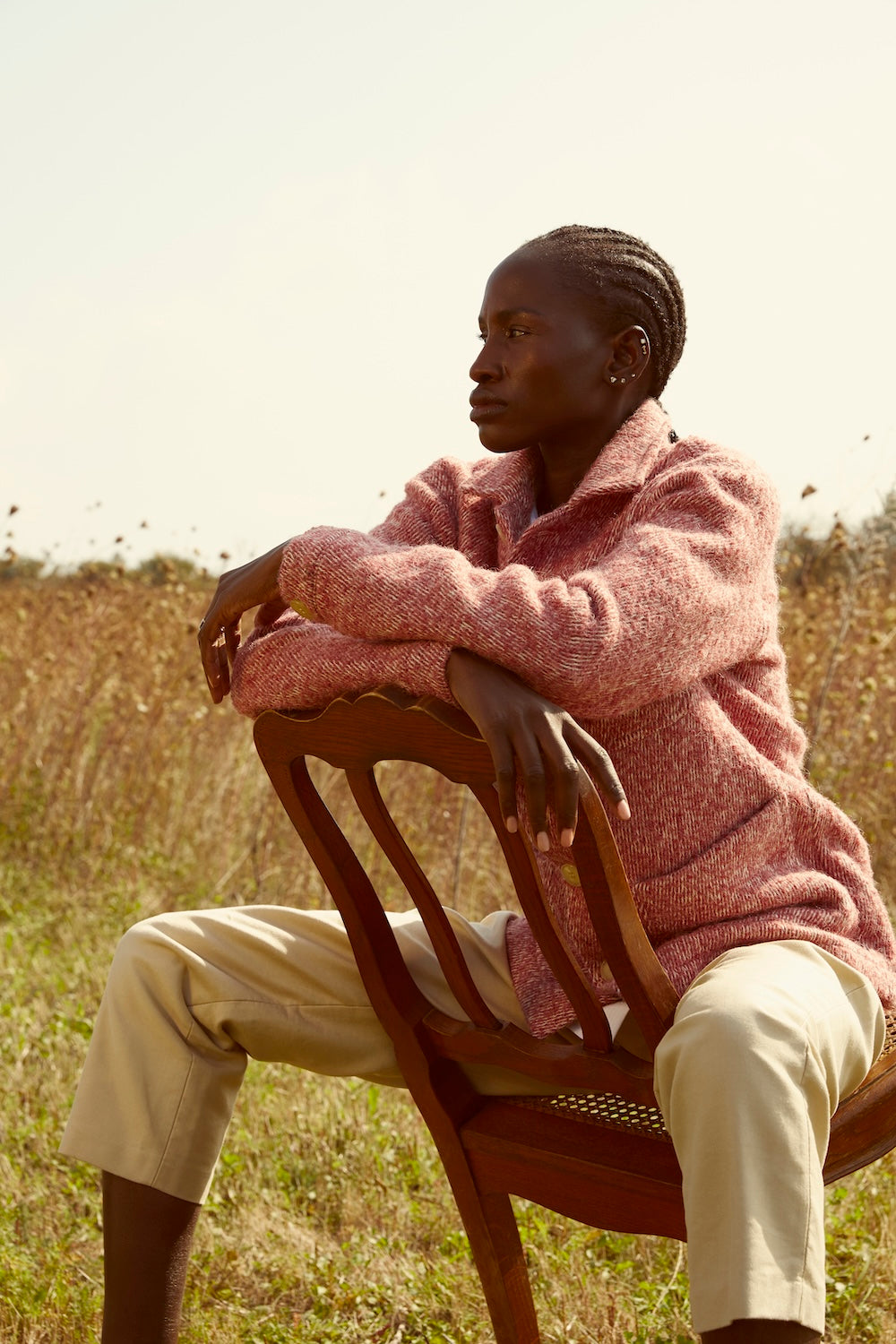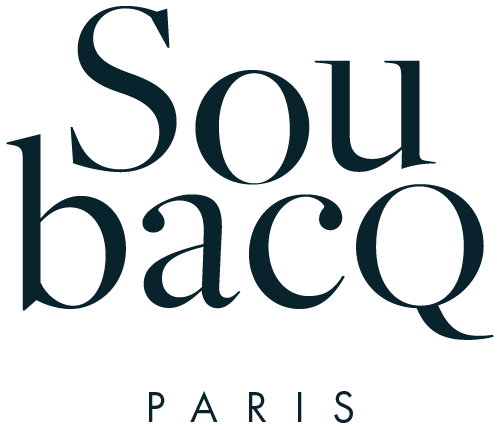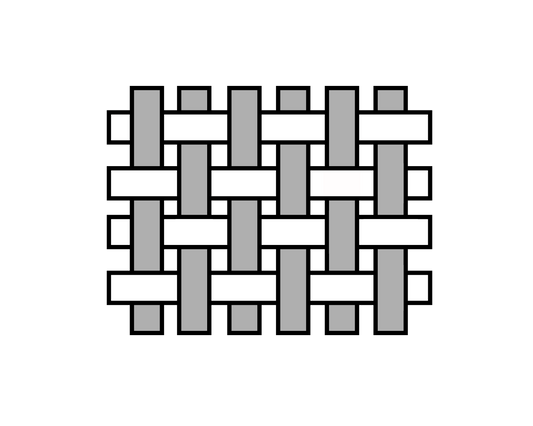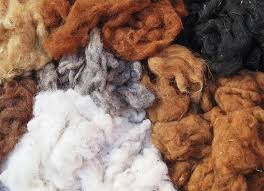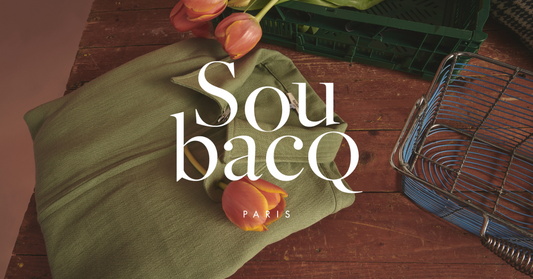
Corduroy, a heavyweight winter fabric with a soft surface, evolved from silk garments for the nobility in the 18th century to a symbol of the working class during the Industrial Revolution. This paper explores its history, unique properties, and modern applications.
Description and Properties of Corduroy

Originally woven from silk, corduroy has evolved into a sturdy cotton fabric, prized for its durability and comfortable texture. Commonly used for uniforms and car upholstery, its brushed surface offers a tactile softness while its twill backing ensures increased longevity.
- Soft and Smooth Surface : Thanks to its brushed cut pile layer, corduroy is pleasant to the touch.
- Twill Back : The weave structure of the twill back gives greater durability to the fabric.
- Durability : Corduroy is renowned for its strength, making it a preferred choice for workwear and upholstery.
- Unique Appearance : Crinkled or matted pile may appear in areas, giving a distinctive appearance to the fabric.
Types of Corduroy

Corduroy comes in several variations, each suited to specific uses:
- Standard Valley : With 11 wales per inch, available in a wide range of colors.
- Pincord (or Pinwale, Needlecord) : The finest type of corduroy, with a wale count greater than 16, providing a more delicate texture.
- Pigment Dyed/Printed Corduroy : Uses pigment dyes for a long-lasting color or pattern.
Choosing Corduroy

